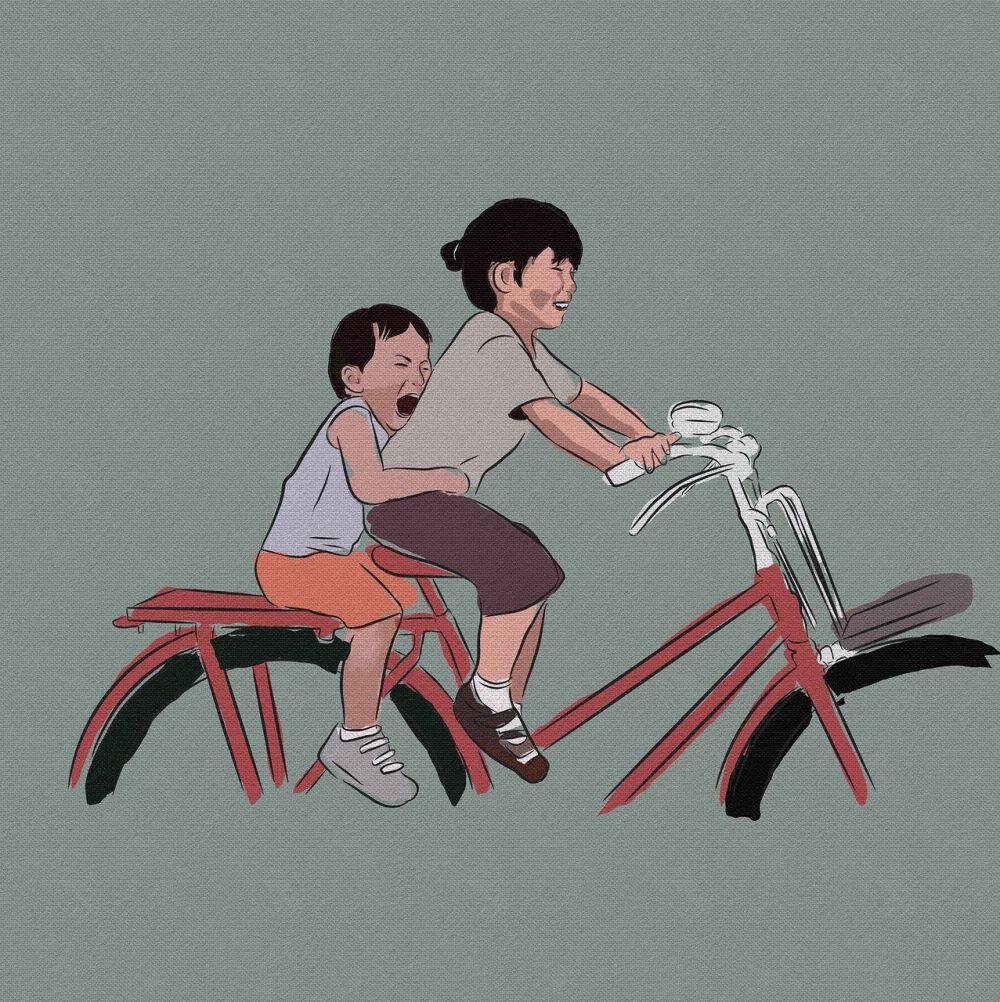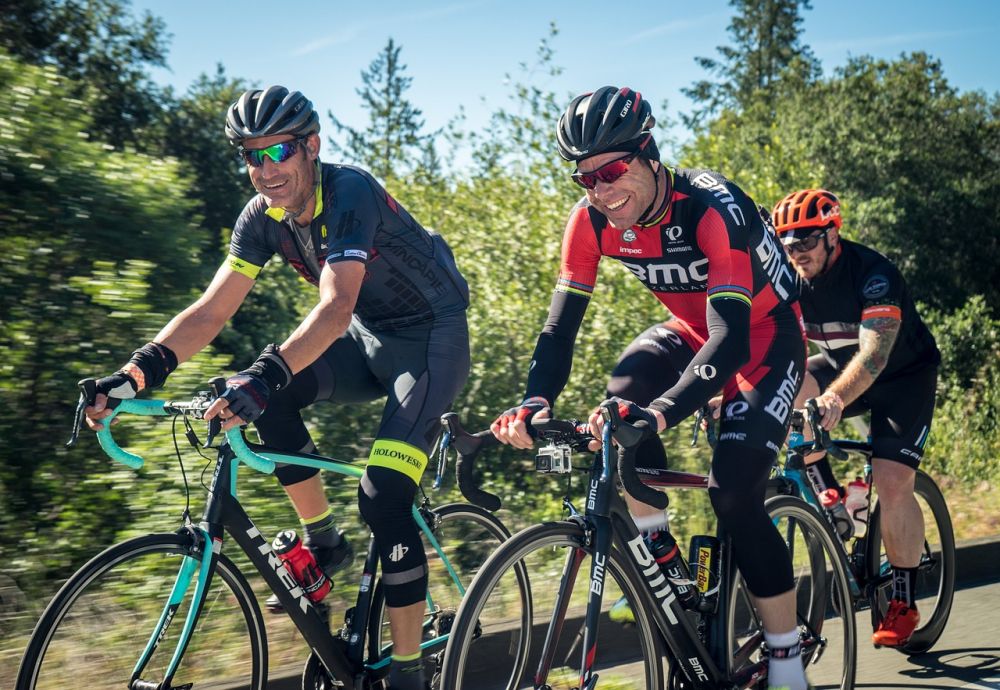Tour de France, one of the most prestigious and challenging cycling races in the world, captivates millions of sports and leisure enthusiasts every year

The excitement and anticipation surrounding the Tour de France start is palpable, as teams and riders from around the globe come together to showcase their skills and determination in pursuit of the coveted yellow jersey. In this article, we will delve into the significance of the Tour de France start and provide a comprehensive understanding of its evolution over time.
The Tour de France start marks the beginning of a grueling three-week race that attracts both professional cyclists and avid fans. It serves as a platform for riders to display their physical prowess and strategic acumen while traversing picturesque landscapes and challenging terrains. The start, often held in monumental cities or breathtaking regions of France, adds an extra touch of grandeur to the event.
Historically, the Tour de France start has undergone significant changes. Initially, when the race first commenced in 1903, the start was held in Paris, where riders embarked on a journey that covered approximately 2,428 kilometers. Over time, the race organizers recognized the opportunity to showcase different regions of France and decided to move the start to various cities each year.
This strategic decision transformed the Tour de France start into a symbol of cultural exchange, allowing regions to showcase their rich history, landmarks, and natural beauty to a global audience. The selection process for the start city is rigorous, and cities are evaluated on various criteria, including their ability to accommodate the race infrastructure, their cycling culture, and their commitment to promoting the sport.
Now, let’s take a closer look at the historical development of the Tour de France start:
1. Early Years (1903-1951)
– The inaugural Tour de France took place in 1903 with only 60 riders participating.
– Paris remained the permanent start city during this period.
– The race distances varied, with the longest edition being in 1926 at over 5,745 kilometers.
2. Regional Start Cities (1952-1965)

– In 1952, the concept of regional start cities was introduced.
– It aimed to diversify the race and attract more spectators.
– Cities such as Brest, Metz, and Lyon hosted the start during this period.
3. International Expansions (1966-present)
– The Tour de France start expanded beyond French borders.
– Countries like Belgium, the Netherlands, Luxembourg, and even Germany have hosted the start.
– This expansion further contributed to the international appeal of the race.
Today, the Tour de France start attracts global attention with millions of spectators and television viewers eagerly awaiting the grand départ. The selected start city becomes a hub of activity, with vibrant celebrations, parades, and cultural events leading up to the race. The atmosphere is electric as teams and riders prepare to battle it out on the roads, showcasing their strength, endurance, and teamwork.
In conclusion, the Tour de France start signifies the beginning of an exhilarating journey filled with determination, suspense, and triumph. The historical evolution of the start from a Parisian affair to an international showcase highlights the growing popularity and significance of the race. By continuously innovating and expanding, the Tour de France start has become a true celebration of cycling and a testament to the enduring spirit of sportsmanship. So, gear up and get ready to witness the magic of the Tour de France start, where legends are made and dreams are chased.





